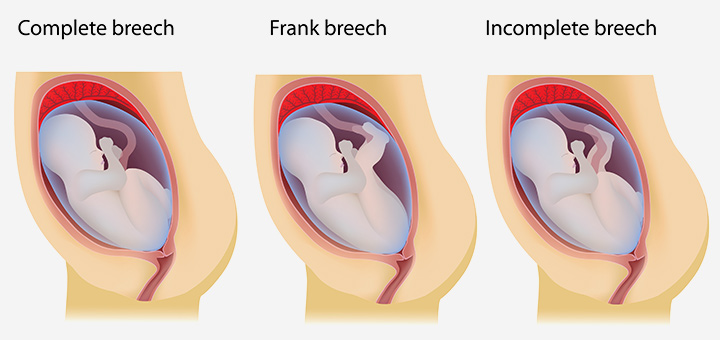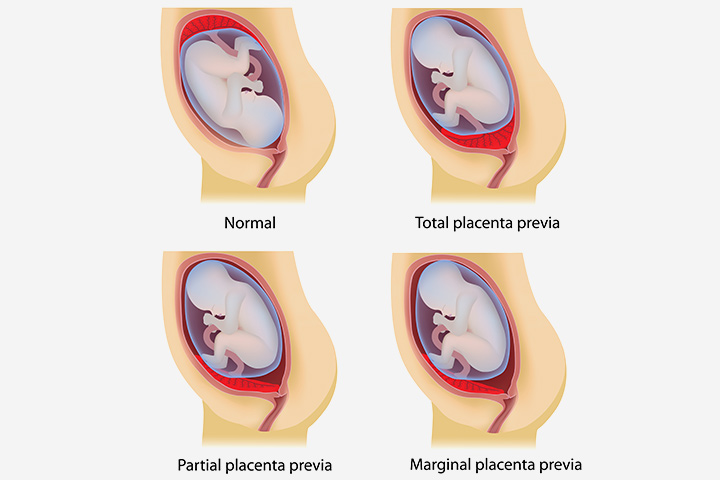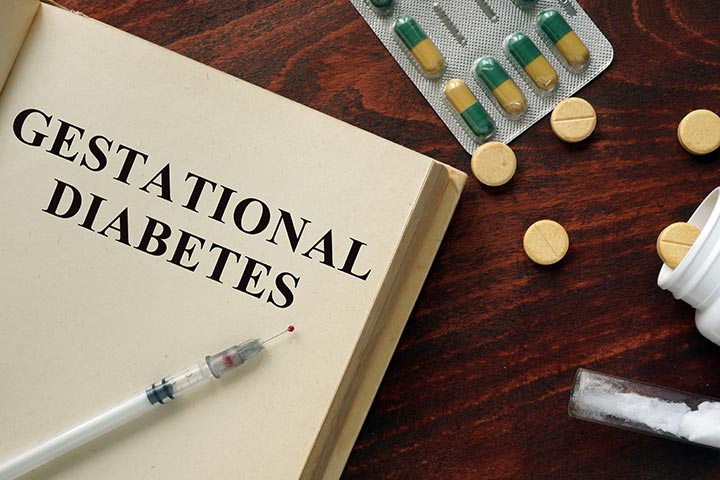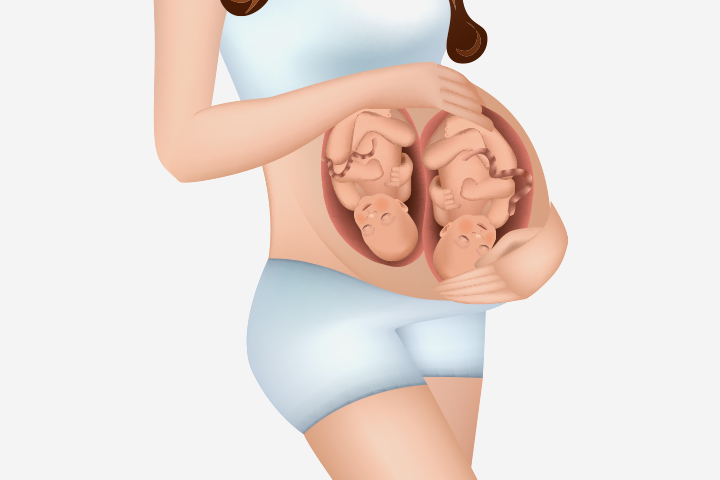
Image: Shutterstock
No birth plan is carved in stone. Damn you Robert Burns, but the best-laid plans of mice and men really do often go awry. True, your physician can monitor the development of the baby in your womb through an ultrasound or a non-stress test and gauge your little one’s condition. However, what appears sufficient on paper doesn’t always translate to real life. Remember the awful things-we-can’t-control? Yep, that’s what happens. In such an event your birthing plan pretty much goes for a toss as your doctor races to prioritize the life and health of your baby and you. This is where an emergency C-section comes in.
Listed below are the most frequent reasons for a C-section:
1. If the baby’s head hasn’t descended into your pelvis
Two to four weeks before the due date or even at the time of labor, the baby will “drop” to the lower section of the mommy’s abdomen, which is confirmed by the doctor. If you can’t perceive the baby’s head nesting immediately beneath the midsection of your pelvis, then you may need a Caesarian section.
2. If your cervix won’t open enough
Ideally, for a first-time mother, the cervix must dilate roughly 1.2cm each hour; for those who’ve already birthed children before, it’s 1.5cm per hour. If this isn’t the case in two or more hours, a C-section may be prescribed.
3. If the baby is in breech position
Though a breech position doesn’t always mean a C-section, doctors emphasize that it’s the safest delivery option in such an event. Vaginal breech deliveries carry risks such as nerve injuries and fractures. While attempts at flipping the baby carry the risk of ‘cord coil’.
4. If you have too small a cervix
If you happen to be petite and you baby is just too big, your chances of undergoing a C-section increase considerably as your cervix will not be big enough for a vaginal delivery.
5. If there are placenta issues
Placenta previa is when the placenta lies low in your womb, thereby blocking the passageway for the baby’s exit. As this puts you at high risk of suffering a hemorrhage, a C-section is advised.
6. If your baby has cord prolapse
A rare phenomenon, this is when your child’s umbilical cord happens to slip out of your cervix pre-delivery. According to the American Pregnancy Association (APA), this automatically translates to a C-section.
7. If you have gestational diabetes
If you happen to develop diabetes anytime during the course of your pregnancy, the odds of you having a C-section increase significantly as your baby may get too big to pass through your cervix.
8. If you have preeclampsia
If you happen to show preeclampsia symptoms along with refractory rises in blood pressure despite your doctor exhausting every pharmaceutical option to control it, then no matter how far along you are, the only option left is a C-section delivery.
9. If you have surprise twins
Ever came across the term ‘surprise twins’? That’s when the ultrasound happens to detect just one child when in actuality you’re having two! In such an event your doctor may choose to conduct a C-section.
10. If you have genital herpes
Then the APA strongly advises doctors to conduct a C-section in order to prevent baby’s exposure to the herpes virus in your birth canal. This is even more vital if you have sores or lesions in your genitals or happen to suffer from active herpes.
Don’t be alarmed mommy-to-be! The key to a successful delivery is to take your pregnancy check-ups seriously. It’s also important for you to be flexible because it’s not your birthing plan but the health and safety of you and your baby that matter the most.

















